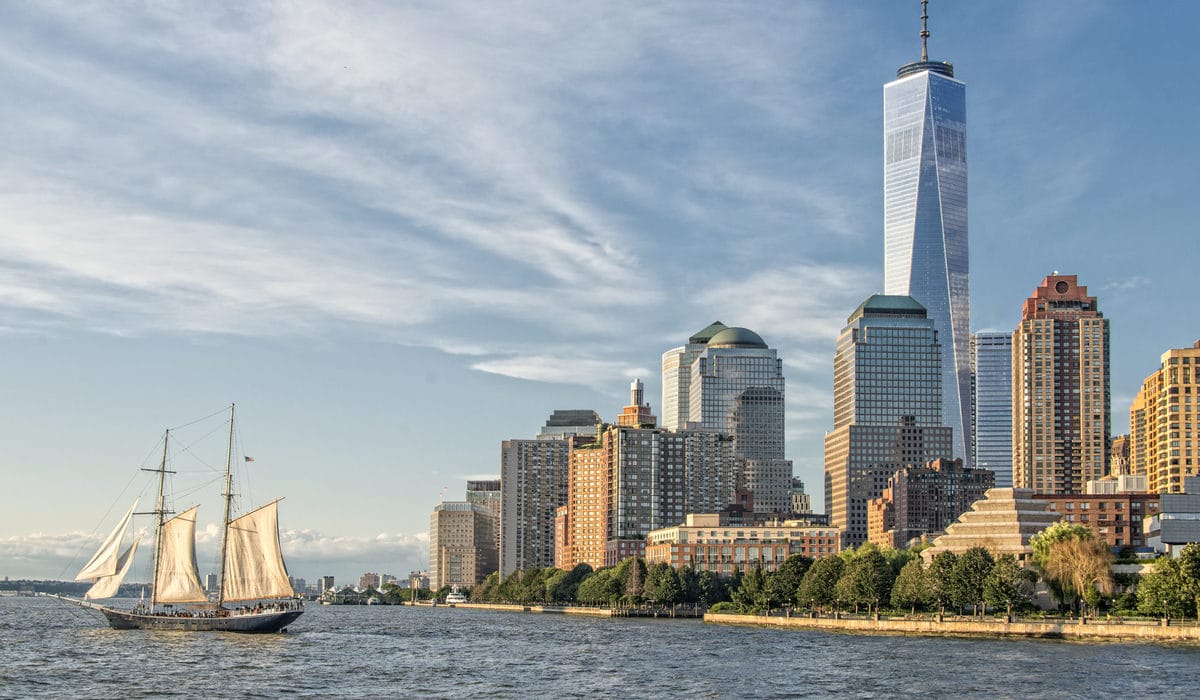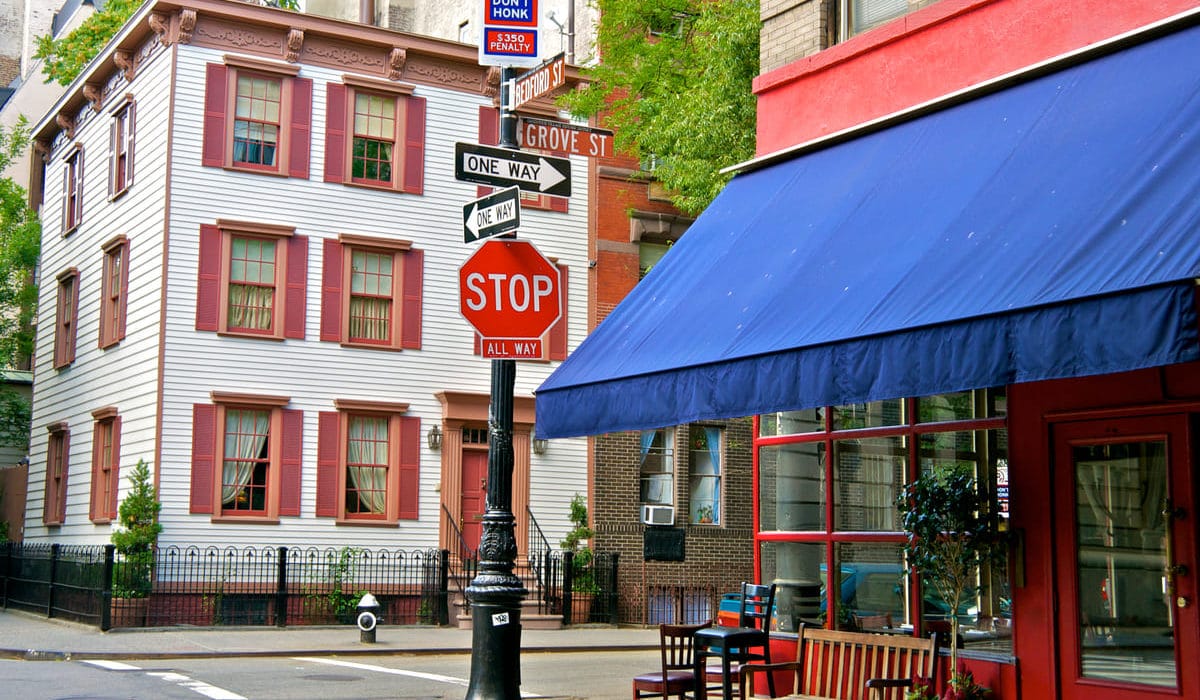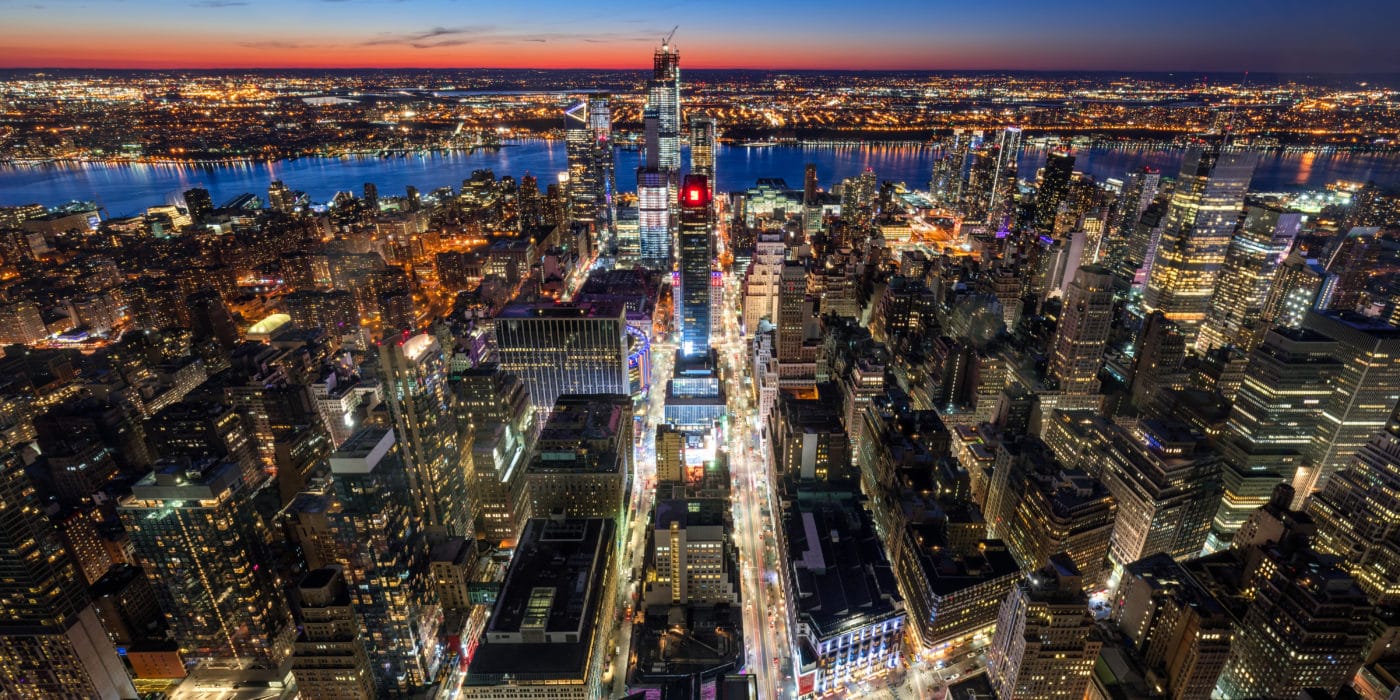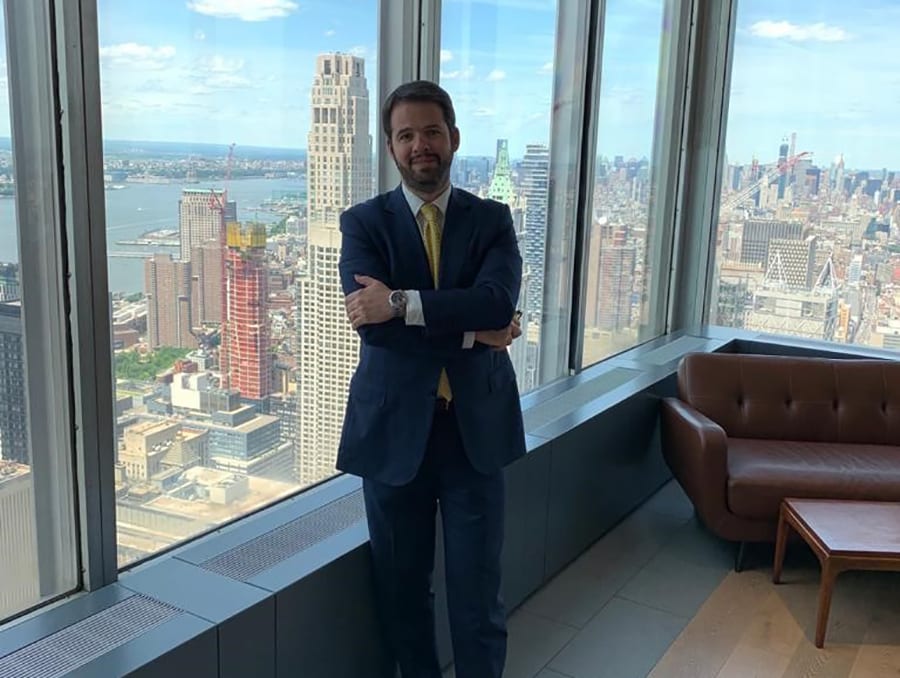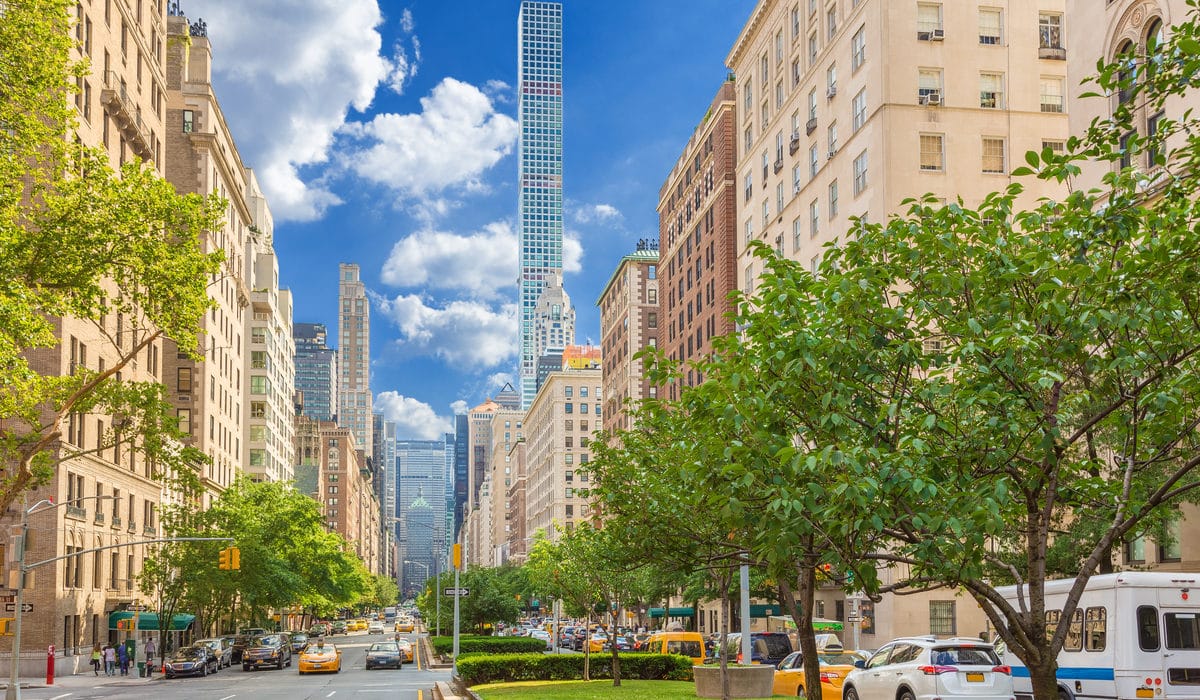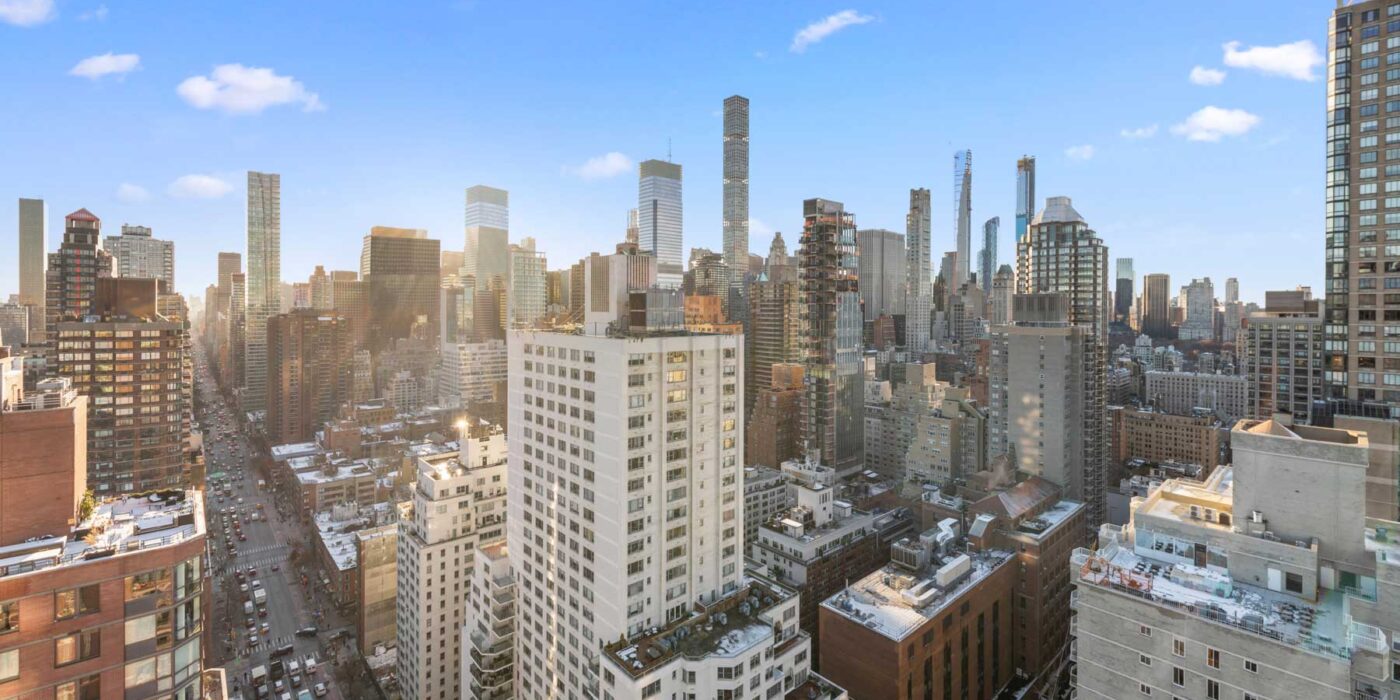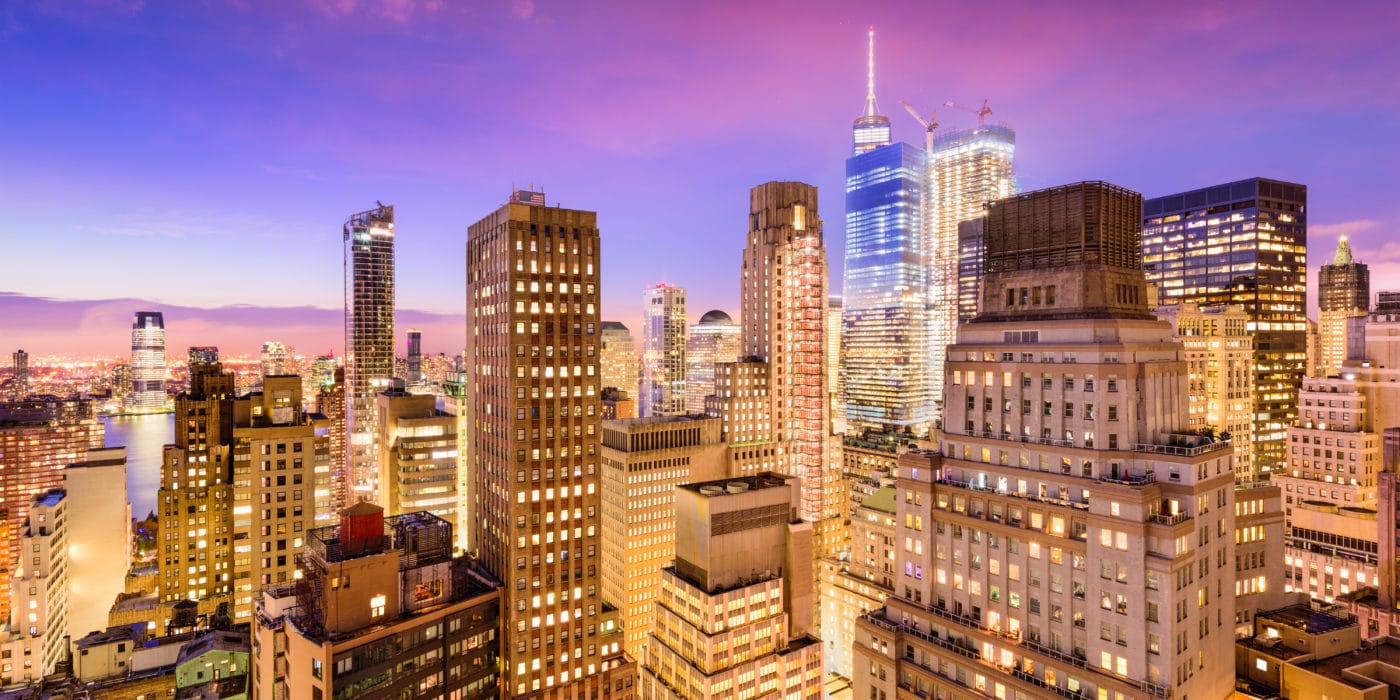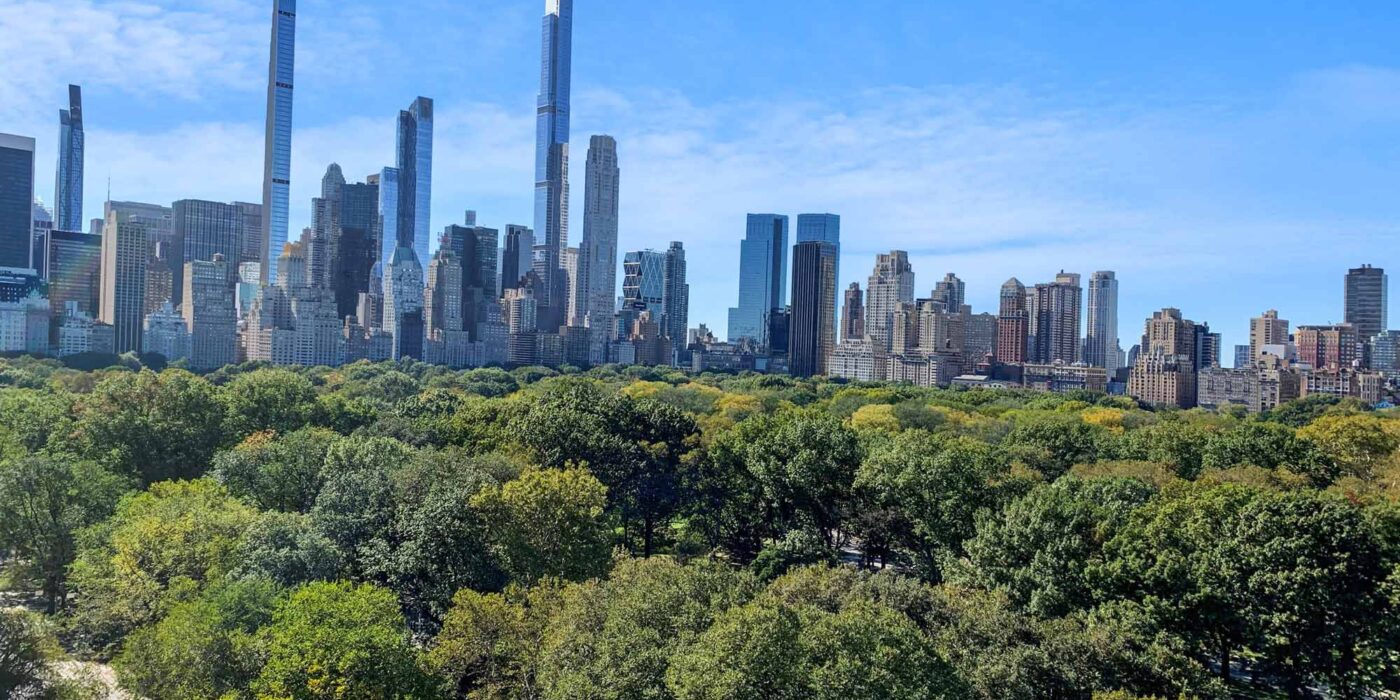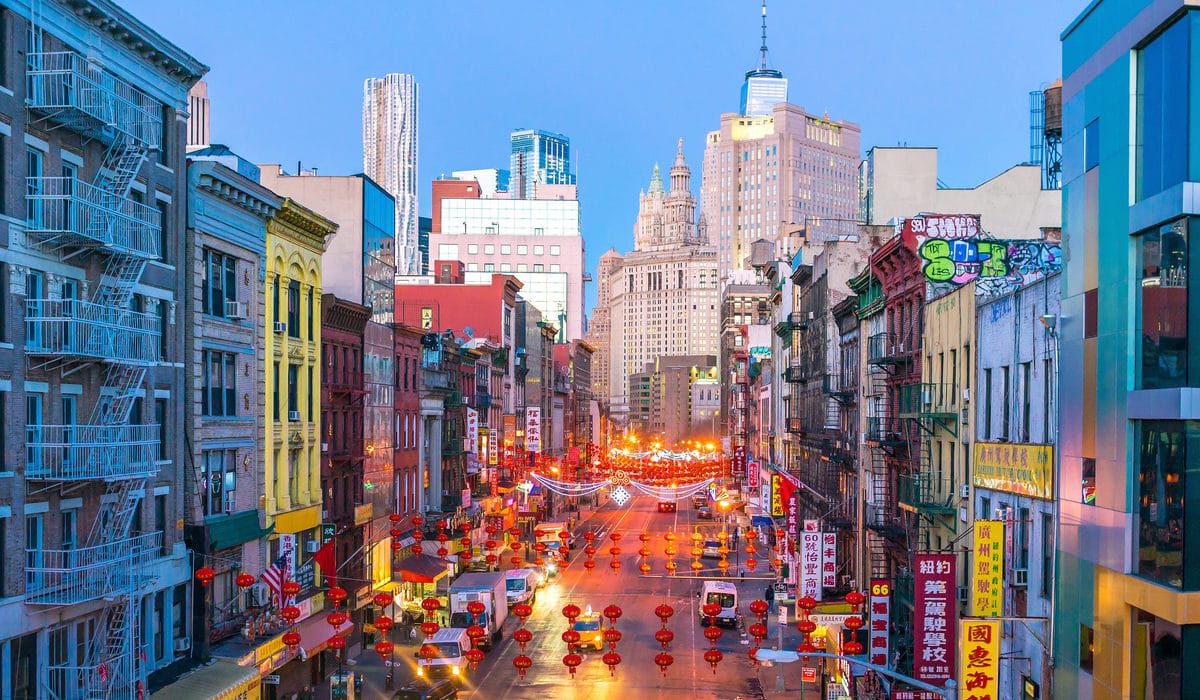Unveiling the Pinnacle: Time Out’s Picks for the Finest Global Cities in 2024
In the realm of entertainment, where cities often take on the role of the main character in beloved TV shows and movies, and serve as the muse for countless songs and artworks, New York City stands out as an iconic destination. Time Out, a prominent media company, has recognized this by naming New York City as the best city for 2024. Drawing insights from the perspectives of around 20,000 city-dwellers globally, as well as input from its network of writers and editors, Time Out curated a list of the world’s best cities.
Criteria such as the culinary scene, architectural marvels, and cultural vibrancy played a crucial role in the evaluation. Time Out aims not only to inspire travel but also to offer a global snapshot of city living. New York City secured the top spot, with its plethora of museums and a thriving theater scene being highlighted as contributing factors. The city’s international reputation also played a significant role, as it was deemed the most desirable location for relocation by city-dwellers worldwide. Claiming the second position on Time Out’s list is Cape Town, South Africa, a city described unanimously by survey respondents as “beautiful.” Its enchanting blend of sea, cityscape, and majestic mountains contributes to its allure. Time Out commended Cape Town for its rich cultural offerings, including late-night museum events, theater, comedy shows at Theatre on the Bay, and the newly opened Time Out Market Cape Town. Despite the accolades, Katy Scott, a Cape Town native now residing in France, emphasizes the city’s contrasts. While praising its unpretentious coastal charm, Scott acknowledges that many of its attractions may not be accessible to the majority of citizens due to persistent inequality.
To gain a deeper understanding of the city and its people, Scott recommends venturing beyond the tourist bubble and exploring sites like Robben Island and the District Six museum, both endorsed by Time Out for their engagement with South Africa’s apartheid history. Time Out’s top five cities also include Berlin, Germany (celebrated for its vibrant nightlife), London, UK (recognized for legendary pubs and free museums), and Madrid, Spain (applauded for exceptional dining and drinking experiences). Notable smaller cities in the top 10 include Liverpool, UK (ranked 7th), and Porto, Portugal (ranked 10th), the latter being lauded for its romantic ambiance according to survey respondents. Grace Beard, Time Out’s travel editor, highlighted the common thread among all the cities on the list—a strong community spirit and an undeniable vibe.
